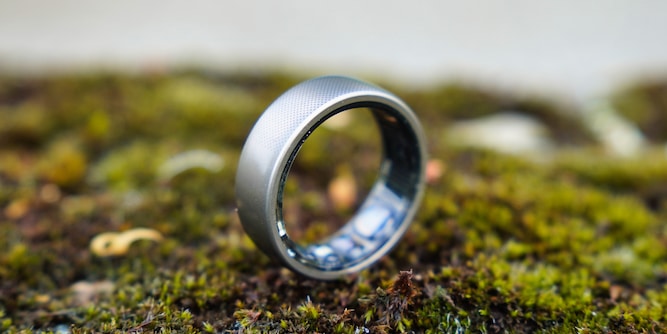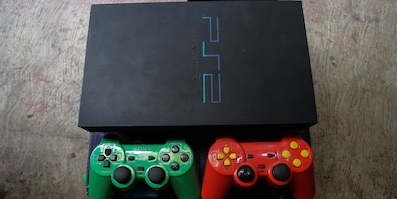Persistent smartwatch: Motorola's new Moto Watch in detail
News + Trends
by Michelle Brändle

News + Trends
by Michelle Brändle

Product test
by Lorenz Keller

Background information
by Siri Schubert

Background information
by Kevin Hofer

Best selling

Wearables stand for "portable technology". While there are already smart clothes (e.g. belts that register weight gain or sportswear that collect activity data), the majority of the market is still focused on smartwatches, sports watches, activity trackers and fitness trackers. Wearables are mostly connected to the mobile phone. Through this connectivity, often via Bluetooth, local WLAN environments or in some models even 4G / LTE, the range of functions (display of results, apps, evaluations, smart notifications, connectivity, etc.) is often expanded many times over.
In addition to basic functions such as time display, such devices offer innumerable functions, sensors and application options, and have a sporty and fashionable component due to their design, workmanship and materials used. Especially in the fashion market the Fossil Smartwatches mix in. There are even luxury wearables, e.g. the Smartwatches from Montblanc.
While digital watches have been around for decades, wearables did not start until the 2010s, when companies began to market watches with smartphone-like capabilities. Wearables is a young and rather new technology that enables continuous monitoring of various human vital parameters in everyday life - at work, at home, during sporting activities. These include calorie intake, heart rate and physical activity. The collected results can be displayed and interpreted in real time or after certain activities on the wearable itself or in a suitable app.
A wearable, e.g. a Smartwatch, is basically a small computer in the form of a watch worn on the wrist. It can also be seen as a personal digital assistant. The biggest, most popular and best-known brands are Garmin, Apple, Fossil, Huawei, Suunto, Polar, Xiaomi, Withings, Honor, Amazfit, Misfit, etc.
A wearable can not only measure a person's values. Often the sensors are already technologically very advanced, so that wearables can collect and deliver a lot of information about their environment, for example by means of barometric altitude measurement, thermometers, compasses, etc.
Wearables are available in every price range. So there are several choices for each budget.
Most wearables are characterized by (a subset of) the following functions:
- Time display (also different time zones)
- Notifications / Smart Notifications (Messages, SMS, WhatsApp, Push Messages)
- Synchronization with the smartphone via Bluetooth
- Activity measurement / fitness tracking
- Step counter / Step measurement
- calorie burning
- Pulse measurement / heart rate measurement on the wrist
- Sport and fitness progress
- speed measurement
- Barometric altimetry
- thermometers
- Telephony / Answering Telephone Calls (4G)
- Reply to messages by voice (microphone)
- email
- GPS / Navigation (tracking the location or receiving alerts)
- View Pictures / Videos
- Remote control for music and volume
- smart home
- touchscreen
- apps
- Waterproof
- Interchangeable wristbands
and many more.